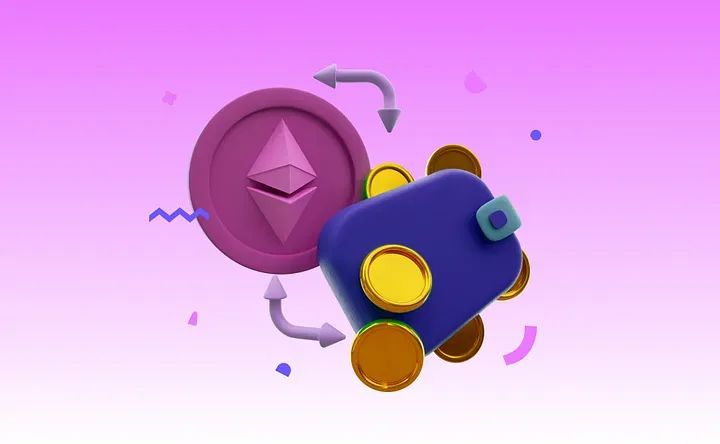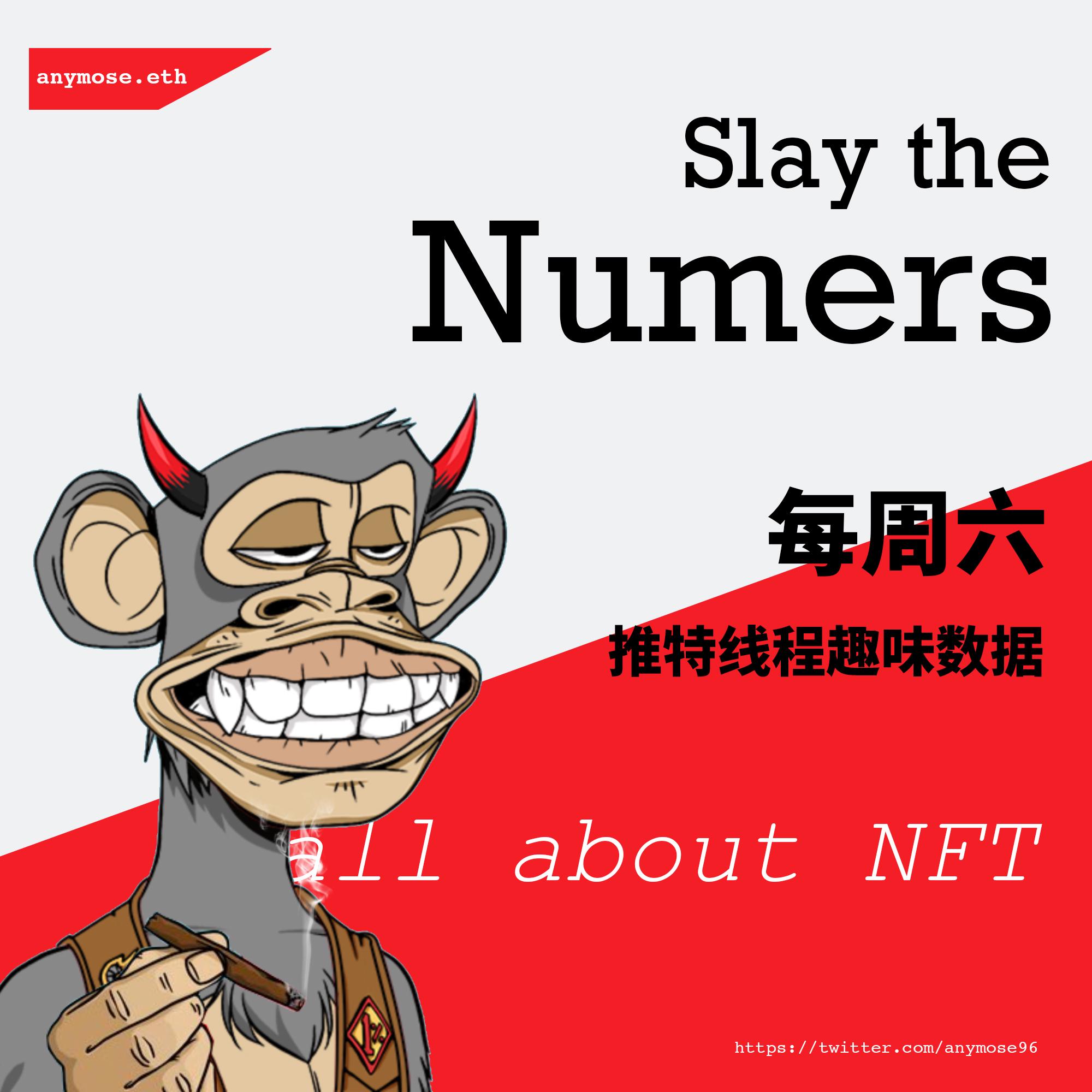Contrary to the market trend, Phaver, a web3 social application, secures $7 million in seed funding. What makes it so magical?
Against the Grain How Phaver, a Web3 Social App, Defies Market Norms to Garner $7 Million in Seed Funding - Unveiling the Secrets of its SuccessAs a bridge connecting Web2 and Web3, Phaver has gained a lot of attention in a small Web3 community. However, if they want to attract traditional users to join and truly open the doors for the Web3 industry, they still have a long way to go.
Written by: Zen, LianGuaiNews
In the past few months, the primary market of the cryptocurrency industry has become increasingly quiet. According to data from research firm PitchBook, global venture capital investment in cryptocurrency startups dropped to the lowest level since 2020 in the third quarter, a decrease of 63% compared to the same period last year. However, among the scattered funding news, we can still occasionally see projects in the vertical field of Web3 social networking receiving heavy investments from crypto venture capitalists in the bear market.
Recently, Web3 social app Phaver announced the completion of a $7 million seed funding round. Investors included Polygon Ventures, Nomad Capital, Symbolic Capital, dao5, Foresight Ventures, Alphanonce, f.actor, Superhero Capital, SwissBorg, and more. So far, Phaver has raised over $8 million in total funding, with a valuation of approximately $80 million. These funds will be used for product development, team expansion, and other partnerships. As the largest mobile app on the Lens Protocol, Phaver has shown a stable linear growth since its official launch and currently has about 250,000 users.
Opening the door for crypto traffic with Web 2.5
Social media has always been a battlefield for internet technology companies. With the development of Web2 social platforms over the years, the user services of these applications have become more mature and the user experience has been continuously optimized and upgraded. According to a report released by consulting firm Kepios in mid-2021, there are nearly 5 billion (4.88 billion) active users on social networks worldwide, a year-on-year increase of 3.7%, accounting for 60.6% of the global population. However, regardless of how Web2 social media updates and innovates, issues such as the leakage of user information and data, and even the platform’s unauthorized sale of data, have been reported year after year. The contribution of a massive number of users to expanding the platform’s influence has almost been ignored and forgotten.
The above-mentioned problems are difficult to solve in the context of Web2, but with the development of decentralized social protocols based on blockchain technology, a new paradigm of Web3 social interaction provides a solution.
At its inception, Phaver followed the path of Web2 social platforms, drawing inspiration from the word “Favorite.” The early applications aimed to allow users to share their favorite things, such as restaurants and shoes. However, the team behind Phaver soon realized that Web2 is not the future trend. Allowing people to truly own their social graph would bring about a bigger paradigm shift. Currently, Web3 social interaction is still in its early stages, and there is a significant gap between the user experience of accessing on-chain content and the demands of mainstream users. Therefore, Phaver, with its experience in Web2 social software, defines itself as a gateway to Web3, attempting to bridge this gap and establish Web2.5 applications between the two.
Web2 giants on the Internet often fight each other, and when a regular user uses different social products, creating content and accumulating experience levels needs to start from scratch. For example, our identity on Facebook has nothing to do with our personal image on Twitter, which is again very different from the content and digital identity on TikTok. Phaver, on the other hand, is the opposite. Its concept is that users only need one application to access everything their friends have published through various protocols, and to facilitate cross-Dapp and cross-ecosystem cooperation and data interoperability at the product level. Currently, Phaver has integrated its social graph with Lens Protocol and CyberConnect. This allows anyone who creates a personal profile and posts on Lenster to actually have followers on Phaver, with all this content being published in real-time on Phaver.
Content staking filtering mechanism: providing users with data monetization opportunities
At present, Web3 social interaction cannot directly compete with Web2 social interaction in terms of user experience. To succeed, it must provide unique and innovative functions. Phaver’s approach is to provide users with more value capture and growth incentives through an honor system, allowing users to truly experience the sovereignty of Web3 social interaction.
Joonatan, co-founder and CEO of Phaver, once said that if he had to introduce Phaver to someone who has never encountered Web3 in one minute, the simplest answer would be, “It allows you, as a user, to essentially control your online social life. You can monetize your own data, and the control is now in your hands.” This will be mainly achieved through Phaver’s core mechanism – the content staking filtering mechanism. If a user chooses to like and stake high-quality content that receives rave reviews, they will also be rewarded for helping discover and promote excellent content.
On the well-known video barrage website bilibili in China, when users express their love and support for content creators, they usually do so by liking and sending coins. In the early days, viewers who discovered high-quality video content would also often send “fire pliers Liu Ming” (an Internet slang, a homonym of “leave a name before the fire,” originating from Baidu Tieba) to show their appreciation for discovering excellent works. Phaver, on the other hand, provides users with a new way to like and pledge. Here, “pledge” can be seen as a new mode of “sending coins.” By betting on valuable content, users not only show their support for creators but also earn profits when this high-quality content becomes popular later on. Specifically, they earn Phaver token rewards.
Just like how bilibili gives out a coin for free to active users with a level higher than level 1 every day, Phaver distributes at least 5 pledges for free to users with a level of 2 and above after logging in daily. If a user’s pledged post becomes popular content of the day, they will receive a reward. This gamified content discovery helps provide higher quality input for Phaver’s upcoming summarization algorithm. According to official information, pledging on posts is currently free, but in the future, it may require a small amount of Phaver utility tokens for users to “participate.”
Phaver’s Tokenomics
Currently, Phaver points can be earned within the application, and in the future, services for purchasing within the application will also be introduced. There are three main ways to earn points in the Phaver application, including user referrals, the aforementioned content pledge rewards, and content creation rewards. Within Phaver, users cannot directly earn tokens, but for users with a level of 2 and above, Phaver points can be exchanged for tokens at a certain exchange rate (the point-to-token exchange rate is not necessarily 1:1 because it depends on various factors and is dynamically modeled to maximize the value of current and future users on the platform).
According to official introductions, the number of tokens held in the Phaver token holder’s wallet directly affects their credit score, Phaver Cred, and consequently, their user level. The more tokens exchanged and accumulated each month, the more tokens they will have. The Cred score can also be obtained by connecting with NFT. Currently, Phaver has connected to over 100,000 NFTs. Furthermore, holding Phaver tokens also qualifies token holders for various other benefits now and in the future, such as VIP support, priority recommendations, early access features, or whitelist access. Lastly, Phaver token holders have the right to participate in governance voting. In the future, their token share will also determine the corresponding weight of their votes in any referendums or elections held by the application or DAO organization.
The total supply of Phaver tokens is currently designed with an upper limit of 10 billion. However, they plan to launch a token burning plan every quarter using the income obtained from native tokens or other liquid tokens/fiat currencies.
The largest share of the tokens (28%) is allocated for user rewards, which will be distributed over several years and may also be supplemented by other liquid tokens from advertising and other revenue streams (subscriptions, native utility NFTs, etc.).
The second largest share (27.7%) is the ecosystem treasury, which can be used for application development and improvement, and partly distributed to users or burned.
The third largest share is the team allocation (18%), which includes a 1-year cliff and vesting over the following 4 years to ensure the team has enough incentive to build a sustainable token ecosystem in the long run.
In addition to the 28% user reward pool, 3% is reserved for rewarding early users who join before the token issuance. The allocation from this pool is primarily based on levels and points, but special allocations may also be granted to particularly helpful users.
Phaver has accumulated over 250,000 downloads so far, and the project team continues to focus on brand and IP partnerships, including but not limited to well-known crypto brands such as Mocaverse, YogaPetz, Otherdeed, etc. However, it is evident from the content in the browsing app that it primarily consists of news and updates from the crypto industry, and the users are mostly crypto natives. According to the project roadmap, Phaver’s next steps include optimizing functionality, supporting more digital assets, and planning to provide localized special editions of the application for China, Japan, South Korea, and Turkey.
As a bridge connecting Web2 and Web3, Phaver has gained a lot of attention within the Web3 community, but in order to attract traditional users and truly open the door for the Web3 industry, there is undoubtedly a long way to go.
We will continue to update Blocking; if you have any questions or suggestions, please contact us!
Was this article helpful?
93 out of 132 found this helpful





